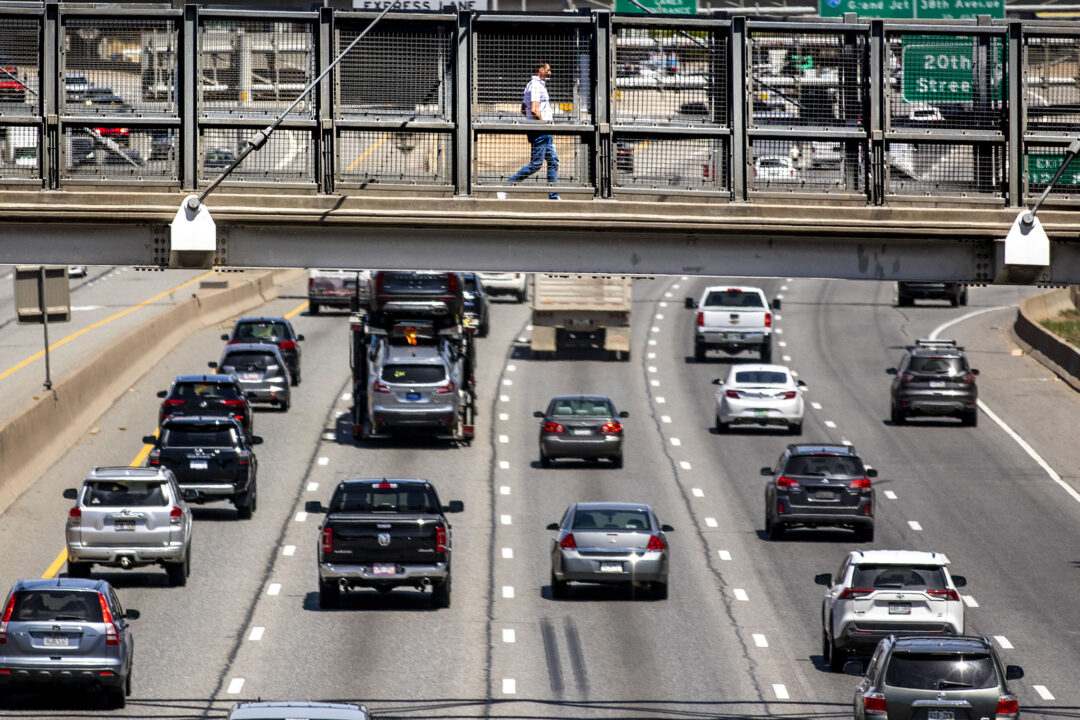There’s a few main differences: Bike lanes, RTD ridership and snow plows.
Rebecca Tauber, Denverite
When Denverite talked with more than 100 people across the city last summer about what mattered to them, transportation ranked sixth. In the mayoral race, housing, homelessness, affordability and public safety have eclipsed most other issues. But how people get where they need to go, and whether they can do so affordably and safely, touches every aspect of life.
Denver is a city built for cars, in a moment when experts say one of the keys to a sustainable future is to stop driving so many cars. It’s a city where people are increasingly priced out, pushed further and further from work, school and other amenities. It’s a city where traffic fatalities continue to rise, despite a years-old commitment to bring that figure down to zero. And it’s a city in a country with a history of bulldozing minority neighborhoods to build highways, prioritizing cars over people and getting danger and death in return.
Denver is also a city with a lot of people pushing it to do better. Whether it’s enough, or fast enough, or done the right way, is a subject of constant debate. But it’s a city with passionate volunteer school crossing guards, lower speed limits on neighborhood streets, new bike lanes and lots and lots of ideas on what to do better.
So what do mayoral candidates Mike Johnston and Kelly Brough think about the state of Denver’s streets?

